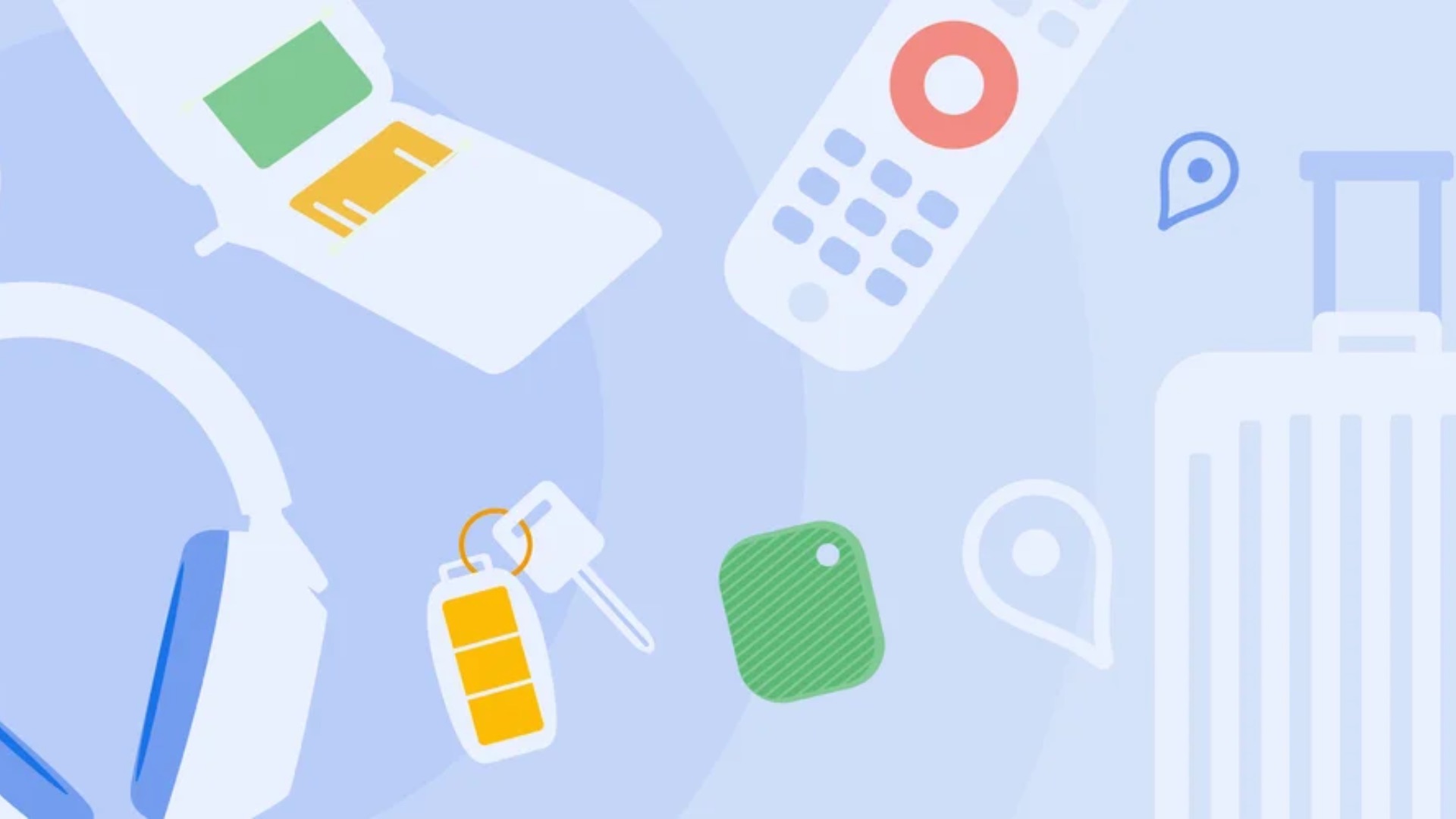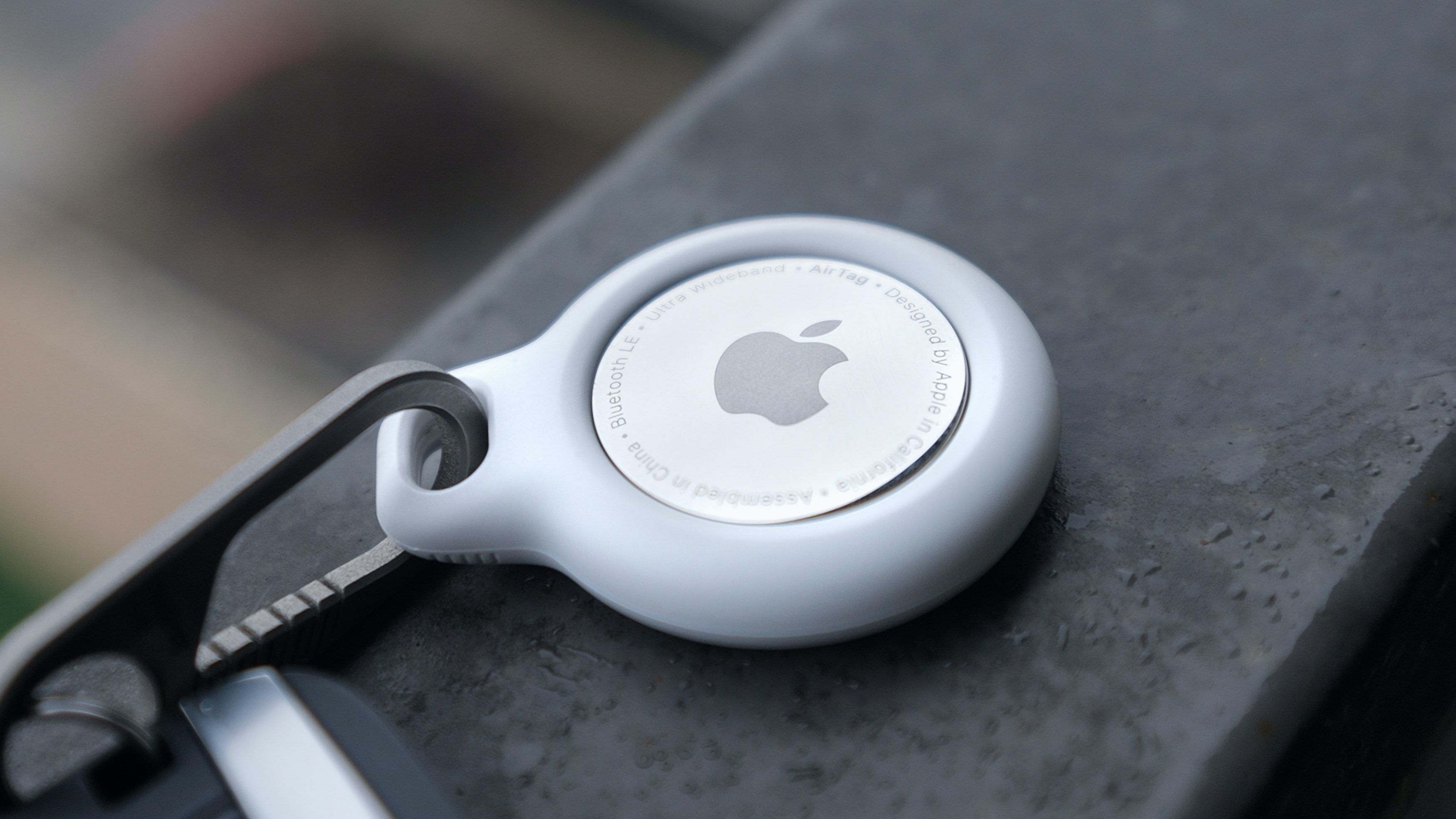
Google's Find My Device network, a service that helps users locate lost or stolen Android devices and items, has recently started rolling out in the US and Canada. The network uses Bluetooth technology to scan for nearby items and securely sends their locations to the service. Users' device locations are encrypted using their device PIN, pattern, or password.
Find My Device offers several advantages over competitors like Tile and Chipolo due to its deep integration into the Android ecosystem, seamless functionality across a wide range of Android devices, and ability to locate devices even when they're offline. The network can also be used to find compatible Fast Pair accessories such as earbuds, headphones, and trackers.
Google introduced Find My Device in 2013 as Android Device Manager but later rebranded it in 2017. Since then, the service has grown significantly and is now a valuable tool for Android users looking to keep track of their devices and belongings.
Recently, Pebblebee showcased its Find My Device tracker in a new video. The device is smaller than a credit card but larger than an Apple AirTag. Users can pair it with their phone via Bluetooth using Fast Pair technology. Once paired, users can see the tracker's location on their phone through a rounded star shape that indicates proximity, and the Find My Device app also displays the battery level of the Pebblebee tracker.
Google is alerting Android users in both countries about the Find My Device network launch. The rollout for those two countries started in early April, initially for finding lost Android phones and tablets. However, FMD Bluetooth tags are yet to arrive later this month.
It's important to note that Google merged its Android and Hardware (Pixel) teams as part of a recent internal reorganization. The Google Play Store on Android can now download multiple apps simultaneously.
Despite the advantages of Find My Device, none of Tile's current trackers support the network, and no such new releases are officially planned.





